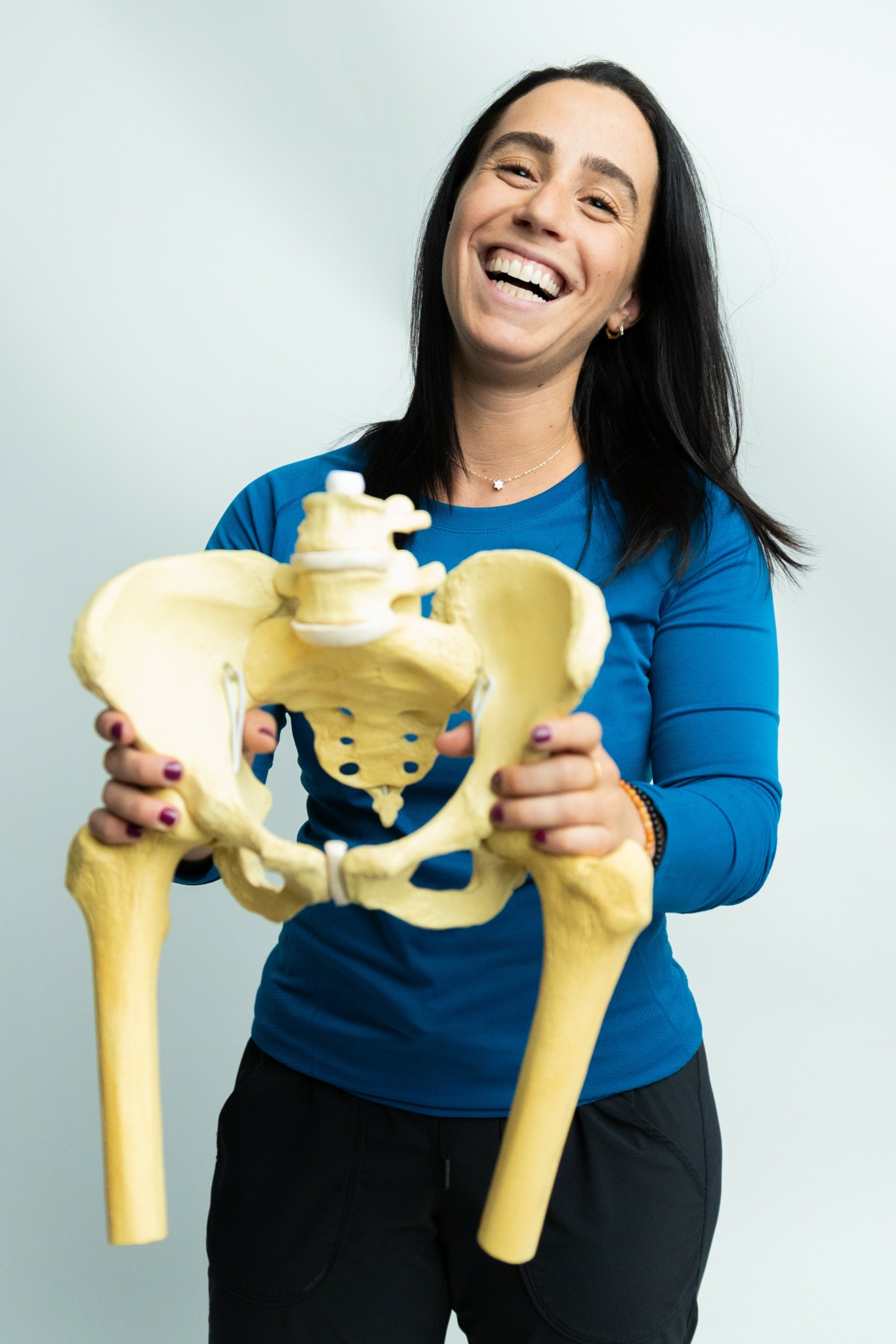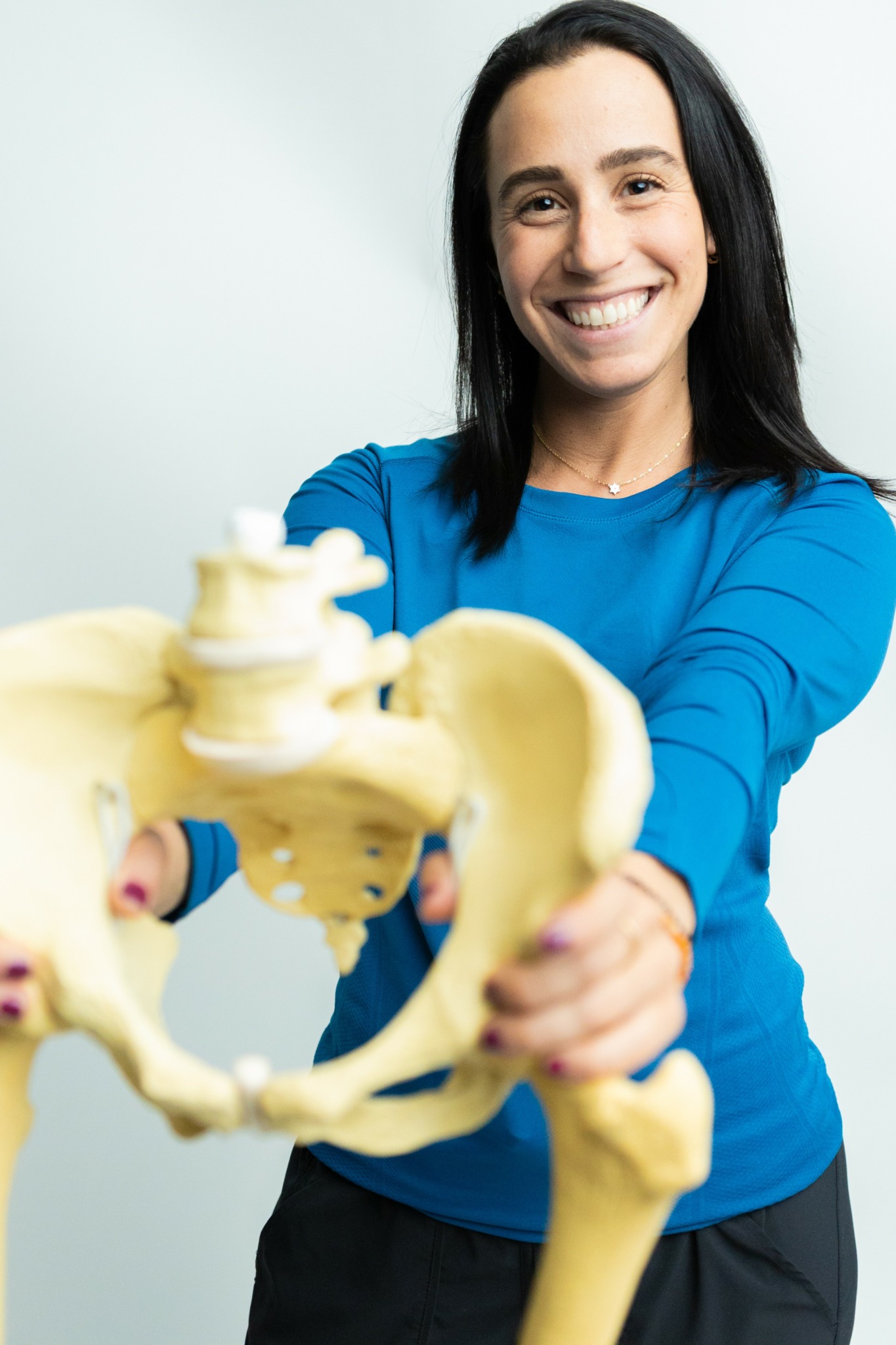We recently connected with Aleena Kanner and have shared our conversation below.
Aleena, thanks for joining us, excited to have you contributing your stories and insights. Was there a defining moment in your professional career? A moment that changed the trajectory of your career?
There was a defining moment that shifted everything for me.
I was a student athletic trainer working in the SEC, getting hands-on experience with top-level athletes. From the outside, it looked like I was on the ideal path—working with high-performers, surrounded by the best of the best in sports medicine. But behind the scenes, I started to feel a disconnect.
I saw how much pressure there was to get athletes back on the field quickly, even if their bodies weren’t ready. It felt like performance and profit were often prioritized over real healing. I started asking myself: Are we truly helping these athletes? Or are we just managing symptoms and pushing them through?
That was the moment I knew I wanted to do something different. I didn’t want to chase temporary fixes—I wanted to get to the root of what was going on. I became obsessed with understanding the body on a deeper level: how the nervous system, posture, vision, and environment all play a role in long-term health and performance.
That experience changed the trajectory of my career. It made me curious, critical, and committed to a more integrative approach to care—one that treats people, not just problems.

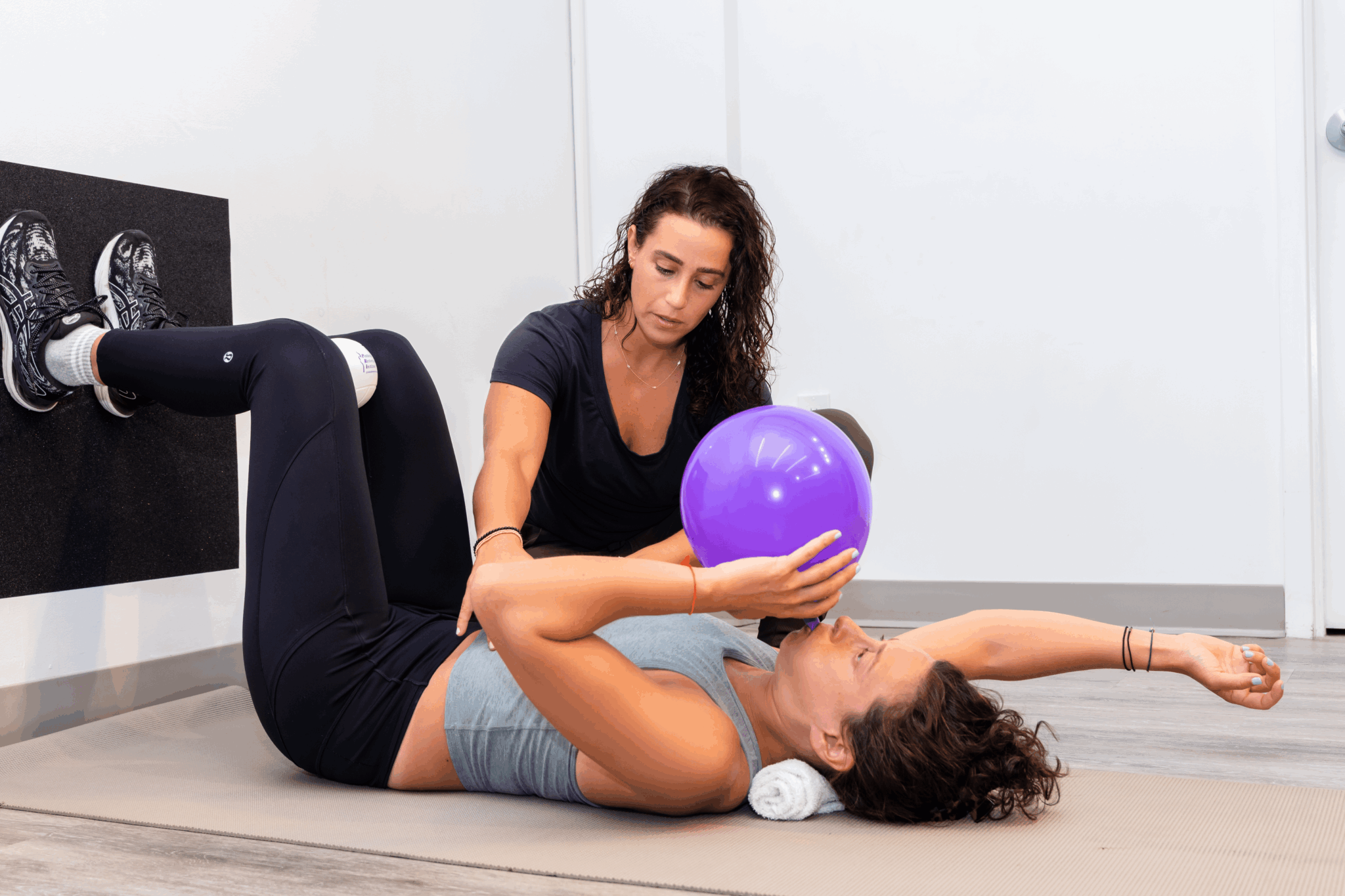
Aleena, before we move on to more of these sorts of questions, can you take some time to bring our readers up to speed on you and what you do?
I’m a Certified Athletic Trainer and Postural Restoration® therapist with a deep commitment to helping people understand their bodies in a more complete way. My path into this work was shaped by my own experience as an athlete. I spent years as a competitive gymnast and later as an Olympic weightlifter, pushing my body to its limits. By the time I was 27, I had to retire from competition due to chronic pain and physical burnout. That turning point forced me to slow down and ask deeper questions—not just about performance, but about healing.
I went on to earn my Master’s degree and became certified through the Postural Restoration Institute®, a science that completely changed how I viewed the body. It gave me a framework to understand asymmetry, compensation, vision, breath, and the nervous system in a way that felt both clinically grounded and personally transformative.
In my current work, I help people who are dealing with persistent pain, postural imbalances, vision-related issues, and nervous system dysregulation. Many of my clients have already tried traditional routes—physical therapy, chiropractic, surgery—and are still looking for answers. I help them find the missing pieces.
What sets my approach apart is that I don’t chase symptoms. I look at how the body is patterned—how it’s compensating, how it’s breathing, and how it’s processing the world visually and neurologically. My work is highly individualized and integrative. I offer one-on-one sessions (both in-person and virtual), online courses, and live education experiences.
What I’m most proud of is building a community around this work—a space where people feel seen, validated, and supported in going beyond surface-level solutions. My goal is to help people feel more at home in their bodies, with the tools to heal themselves long after our work together ends.
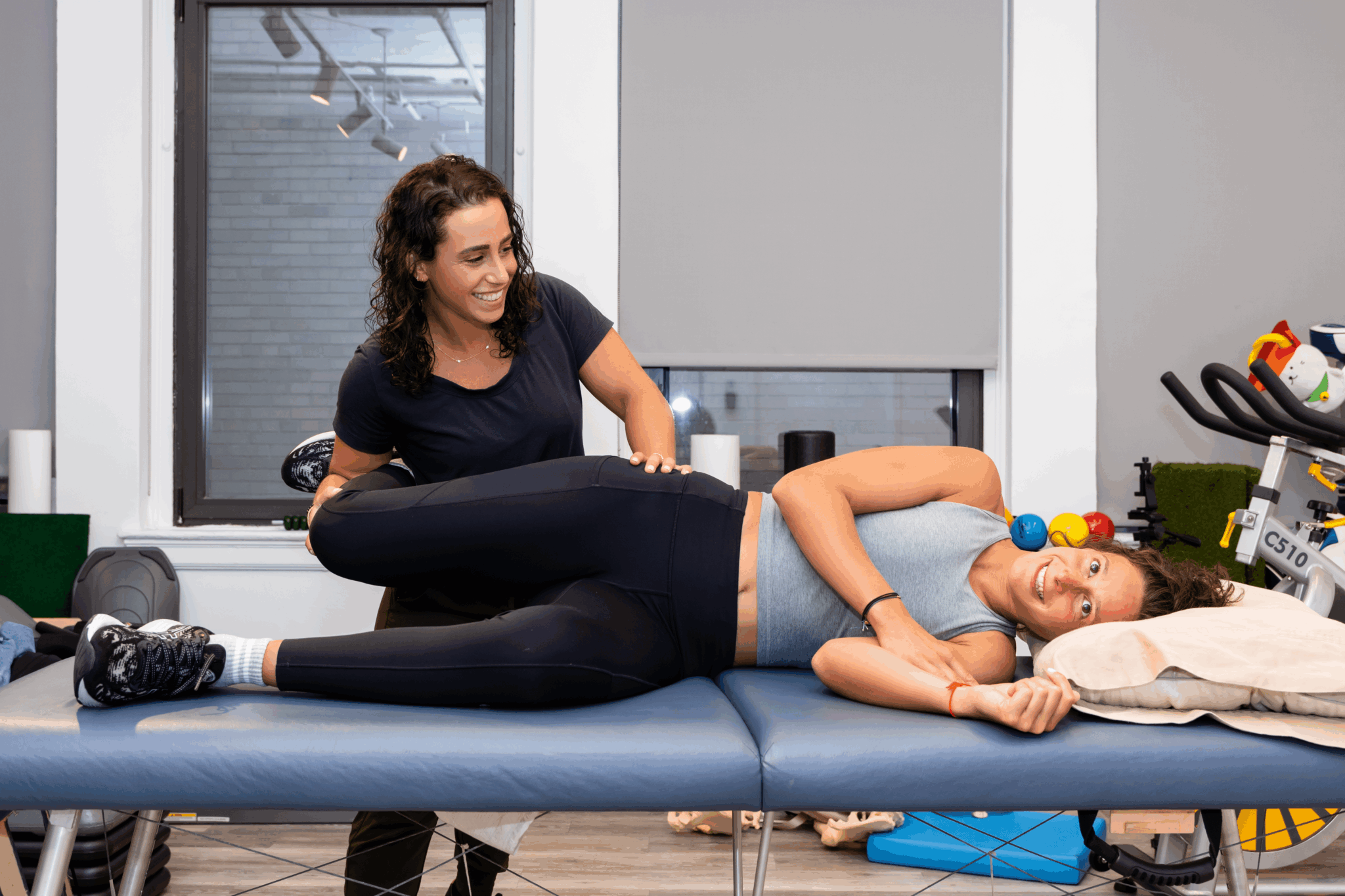
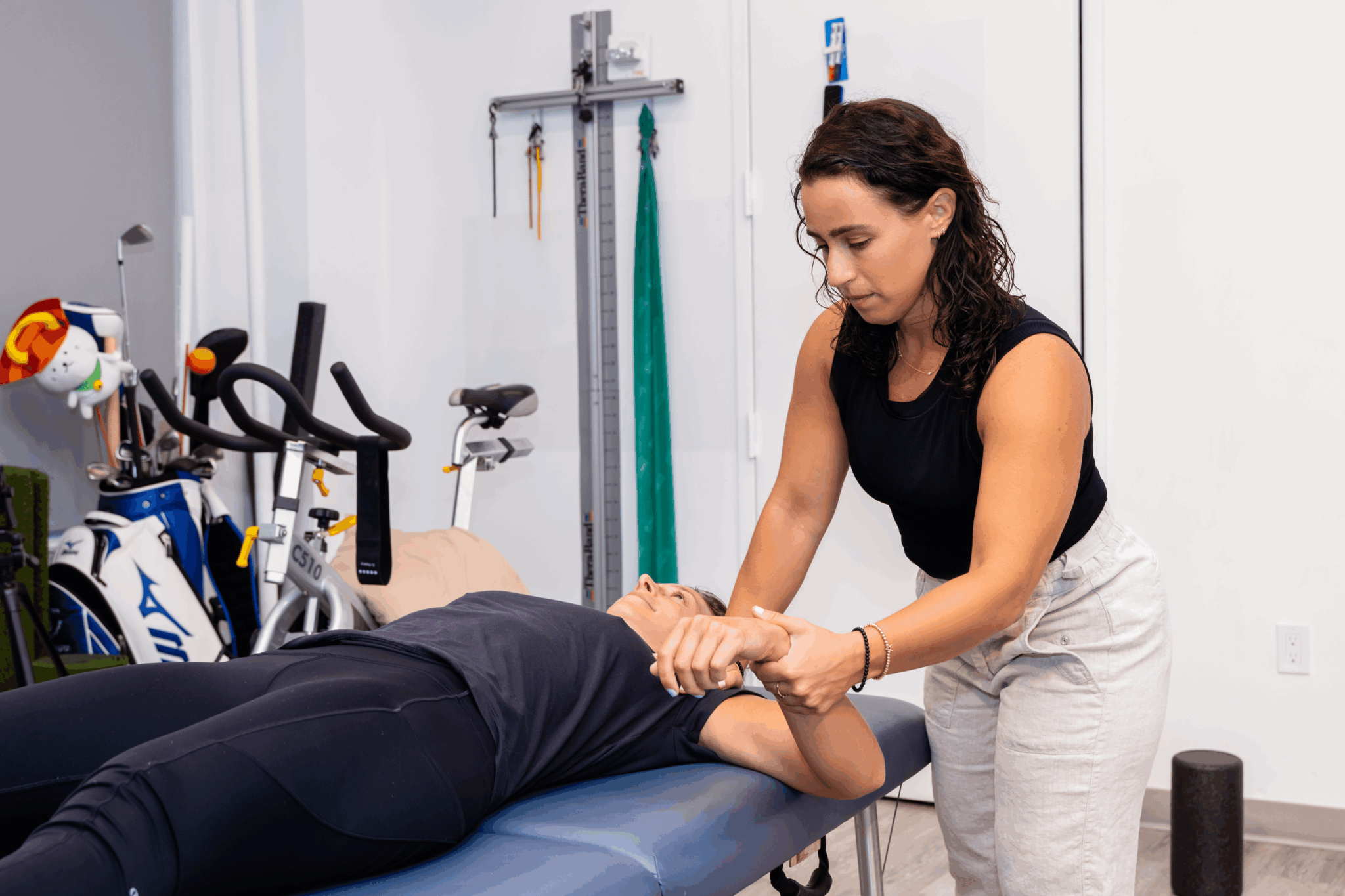
What’s a lesson you had to unlearn and what’s the backstory?
One of the biggest lessons I’ve had to unlearn is that struggling in school doesn’t mean you’re not smart.
I had a hard time in school growing up. I often felt behind, and it really impacted my confidence. I equated doing well academically with being intelligent—and when that didn’t come naturally for me, I carried a lot of shame around it. I thought maybe I just wasn’t capable of learning the way other people were.
But through my own healing and self-discovery, I’ve realized that my brain just learns differently.
I learn best when I move. When I walk. When I feel something in my body. Sitting still and staring at a screen or a textbook never worked for me—but when I started allowing movement to be part of my learning process, everything changed. It helped me understand that there’s nothing wrong with how I learn—I just wasn’t in an environment that supported it.
That shift has been huge for my growth—not just in how I take in information, but in how I see myself. It’s also shaped the way I work with clients now. Everyone has a different rhythm, a different entry point, and when we can honor that, real learning—and healing—can happen.
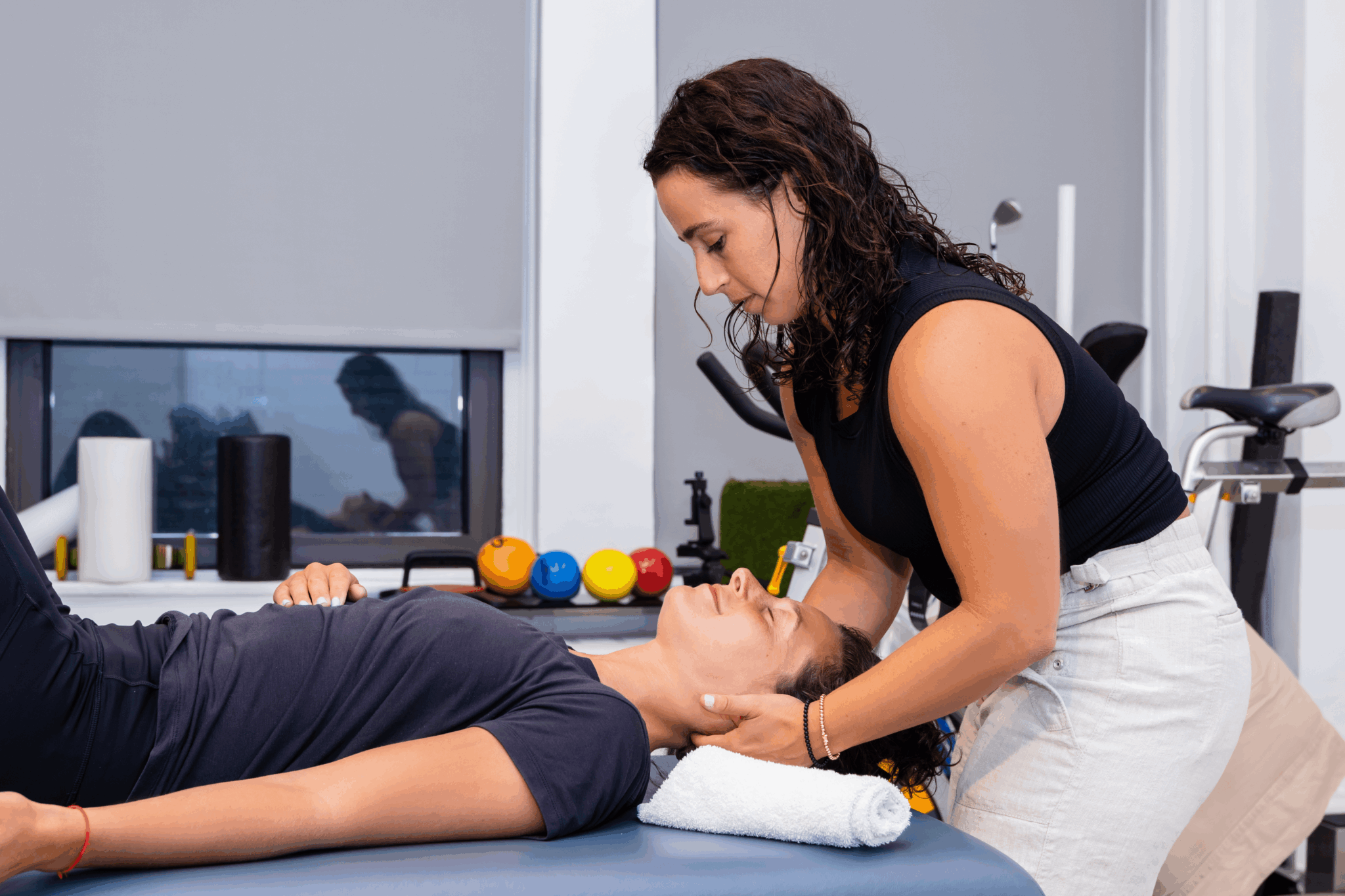
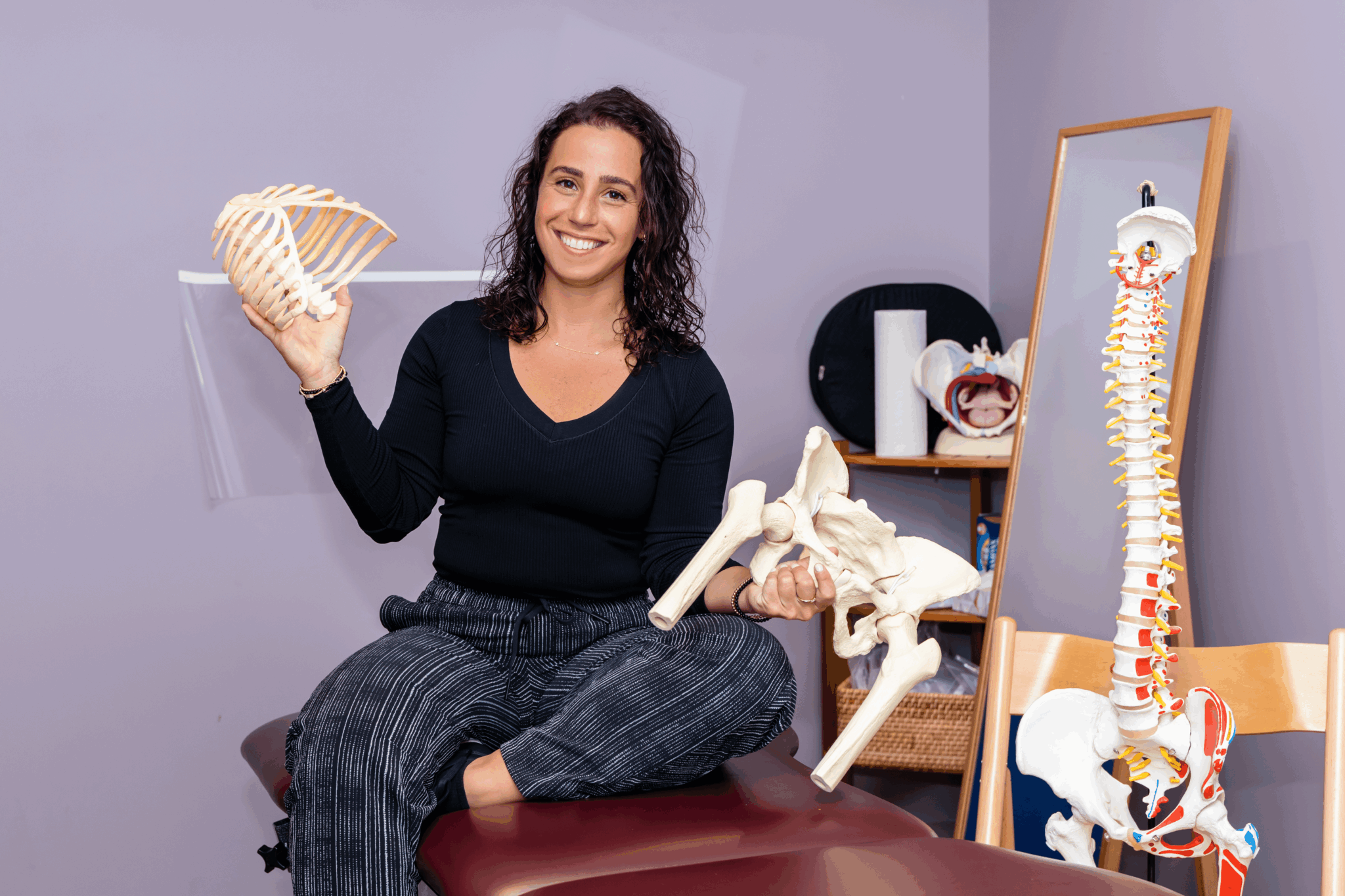
Other than training/knowledge, what do you think is most helpful for succeeding in your field?
Other than training and knowledge, I think the most important thing in this field is the ability to truly relate to the person in front of you. Empathy matters. If you can’t understand or feel what someone is going through, it’s hard to offer care that actually lands.
What’s helped me most is being able to sit with someone’s experience without needing to fix it right away—to really listen, understand their story, and offer guidance that’s grounded but open-minded. It’s not always about what I can do with my hands or tools. Sometimes the most important thing I can do is point someone toward the right provider, the right modality, or the next step in their journey.
I don’t see myself as the one who “heals” someone. I’m here to guide. To help them understand their body, feel safe in it again, and connect the dots in a way that makes sense for them. That human connection, that ability to meet people where they are—that’s what makes this work impactful.
Contact Info:
- Website: www,Aleenakanner.com
- Instagram: https://www.instagram.com/aleenakanner/
- Facebook: Aleena kanner
- Twitter: @aleenakanner
- Youtube: https://www.youtube.com/@AleenaKanner
